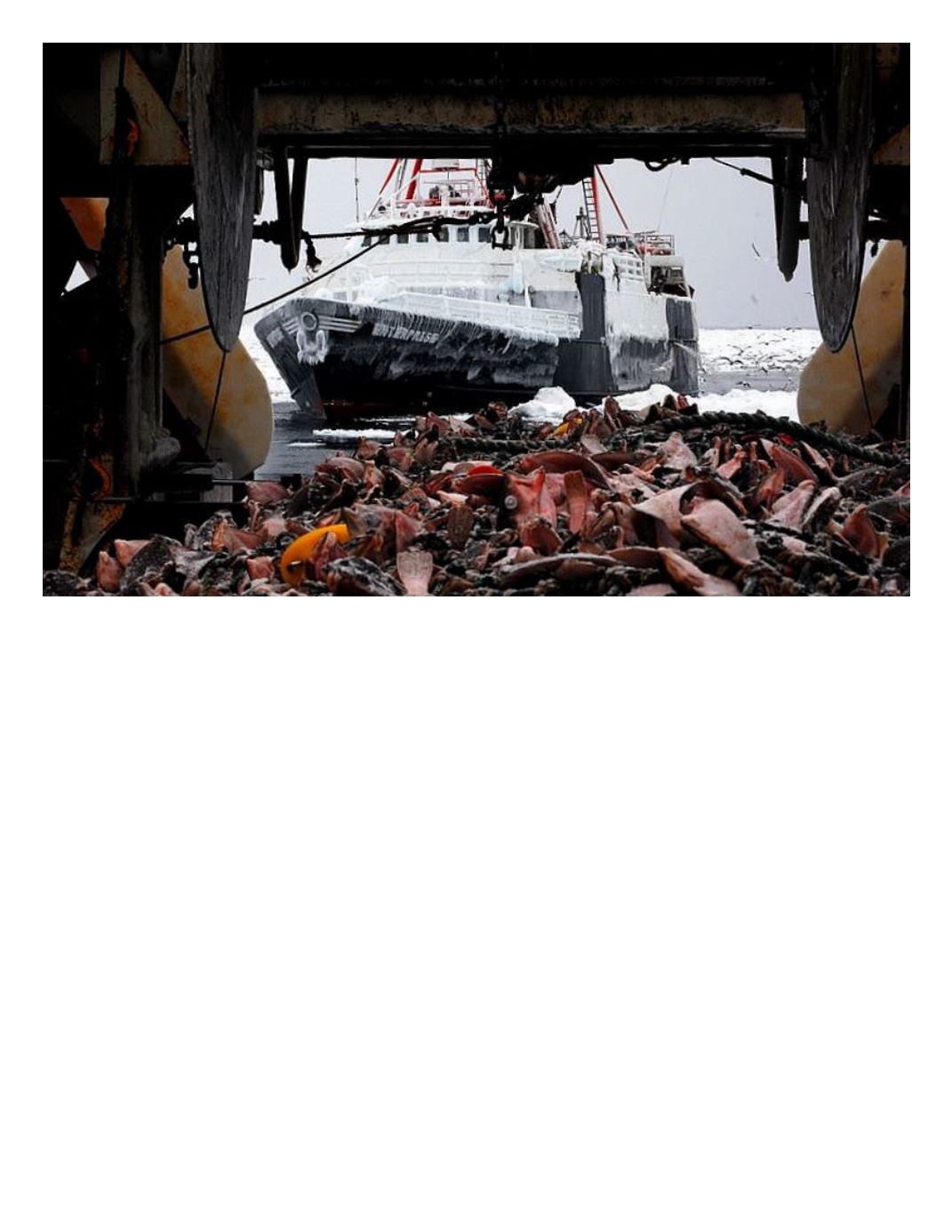
142 | Business World Magazine |
October 2013
cies, as prohibited species were allocated
to other target fisheries. In the course of
fishing, the fishery might avoid capture of
other species, but some are always caught
(known as bycatch) which are required to
be discarded. And upon reaching quota
with respect to the species allocation or
prohibited species catch limits, the fishing
operations were brought to an immediate
halt. It basically fostered a lot of compe-
tition and resulted in significant impact
to species that were ultimately cast away
when not part of the allocated species.
As Anderson says, “The system forced
operators to fish in a manner that was
competitive, a race to catch a certain spe-
cies... and they used to throw away a lot
of fish. The fishers would keep the most
valuable fish and throw the others away.
Prohibited species catch limits typically
closed fisheries, not achievement of tar-
get species limits. It was also a difficult
balancing act because each year, quota
numbers would vary from species to spe-
cies.” Anderson acknowledges that Alas-
ka fishermen have traditionally been pro-
active in exercising particular care for the
environment, as has much of the state, but


